Valentine’s Day, 2015: Five terribly tiny Indian short films pivoting around the theme of love hit the web. All of them were made by very competent young filmmakers, with known faces and a familiarly sure-footed ethos. And in the process, waking the digital world up to a very pleasant surprise — the natural evolution of the famous micro-storytelling platform, Terribly Tiny Tales, into its audiovisual older sibling, the appropriately-named Terribly Tiny Talkies.
Co-founders Anuj Gosalia and Chintan Ruparel have, since then, developed this tiny platform into a very reputable space for quality short films.
We’ve long been curious about their ways, which is why this chat with Chintan is an attempt to throw some light onto the minds behind a delightfully simple, yet commercially respectful initiative.
Each short film title here is hyperlinked to its Youtube space, if you’re in the mood for a few quick watches.
Here we go.
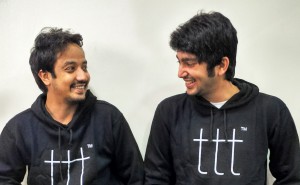
You’ve an advertising (copywriting?) background, evident by the way Terribly Tiny Tales became one of the most popular catchphrases for storytelling on the web. Also from your platform’s collaborations with certain brands to provide themes to your content. How thin is this line between promotion (of the brands) and independence? Viewers tend to consume agenda-driven content differently, more like longer ad films…
I spent close to 7 years in mainline advertising, at two of the best agencies (O&M and Taproot India) with great work and an even better vibe. But the evolution and journey of TTT has more to do with the ideology my partner Anuj and I share — of putting great stories that respect attention spans, over everything else.
Initially, we had a branding/advertising shop we used to run alongside to pay our bills, called Not Like That. TTT was much tinier than it is now, but was getting noticed by brands, and emerged as a way to co-create and organically distribute short stories to a healthy subscriber base on the social web. We had to make a decision: Either to let TTT continue to be a small passion on the side, and service small clients full-time; or challenge ourselves to make TTT into a scalable and sustainable business that gives back to the writer and reader community with even more commitment and cause. Needless to say, we followed our hearts and shut the advertising shop as soon as we got our first collaboration client on board for TTT. And the best part was the fact that the brands were bigger, and we could dictate the terms by having a story-first approach. And as long as that was taken care of, we had no qualms collaborating.
So here’s how it works. Say, a sanitary napkin brand may show a girl jumping over a ledge or cycling with abandon in the TV commercial or the billboard. But on TTT, we explore the more human side to her. Stories that revolve around her aspirations, failures, doubts or little moments that go uncelebrated otherwise. We’ve been careful to not thrust products in people’s faces.
So there’s a fundamental difference here. It’s not us servicing clients. It’s one brand collaborating with another, because we have very stringent guidelines too for customisation. And we’ve said ‘No’ to umpteen brands in the past when the ethos has been compromised at the onset. In that sense, we’ve been very careful to not take the community’s trust and loyalty for granted. So far, we’ve had negligible negative feedback on collaborating with brands, which matters the most to us.
The challenge is always to ensure a branded tale is as good (or better) than a non-branded one.
Again, once we have a great story, we’ll run regardless of whether a brand powers it or not. We’ve gotten used to that freedom, and it’s liberating.
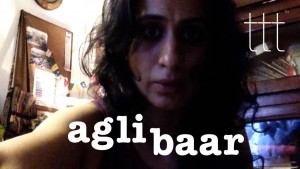
Tell us about the logistical leap from Tales to Talkies — the team expansion, monetisation strategy and a leap into the filmmaking world. Was it always the plan from day 1?
Nope. We had no idea we’d get into films as well. It may seem like a logical step, but at that time we didn’t have plans set in stone. Of course, we both loved the visual medium. I’ve spent a considerable amount of time on sets from my days in advertising. And the one thing that fascinated me the most was, how one small germ of an idea or a story in my head had mobilised so many people on set, trying to bring their individual skill sets only to bring that story to life! It was magical. Again, Anuj used to run a blog called Popcorn Friday, and he absolutely loves Bollywood! So, in a way, both these things had to trickle down to what we do, someday.
If you look at some of our tiny tales, they’re so visual, it’s tempting to turn them into films. So that happened, but not from our side. A lot of students and filmmakers tried turning text into film, but we never liked what we saw. So we decided it has to have its own set of rules and journey, as long as it borrows from the terribly tiny ethos. But restricting a story to a minute or two didn’t seem right as well. So we arrived at 5-10 minutes and put our own money (that we earned from brands) into an experiment of sorts by floating Terribly Tiny Talkies. I called writer-director friends from advertising and the film industry and told them about the idea. Most of them jumped at it, and were really excited to come on board. So essentially, we handpicked the makers, curated the stories, and creative-produced the films by giving them a token amount and backing their vision. The theme for the first edition was ‘Love’, because Valentine’s Day was around the corner. And all the makers could slice it the way they wanted.
Logistically though, it was a nightmare because we didn’t have a proper team for Tales itself back then, let alone Talkies. So co-ordinating with all the makers, making sure there’s quality control, synergy, packaging, buzz around the films etc. took the life out of me. Thankfully, my partner Anuj was always there if anything was needed, especially once the films were uploaded because I was dead by the time. He’s the best bouncing board before films go into production, and pulled in a lot of views by playing a big part in the promotion of these films to aggregators at the right time. And it was equally satisfying when they found a niche audience post-release.
So we ended up doing two more editions, and wrote a fair amount of stories in-house as well. The films are up on YouTube, and each clock anywhere between 50k to half a million views on an average.
Again, we didn’t know money could be recovered or made from this, so there was no monetisation strategy in the beginning. But by virtue of being Gujaratis, we had to do it someday! Thankfully, brands started taking notice of these films as well, and the fact that they looked like proper feature films with known faces at 1/10th the cost. So yes, we’ve piloted brand-backed shorts a couple of times now. And again, there’s been no negative feedback, thankfully.
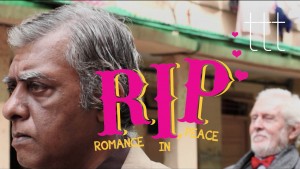
Tell us a bit about the process of curation and quality control — of the stories you receive, or the scripts submitted to you. Do filmmakers try to sell readymade shorts to TTT? How do you go about ‘selecting’ directors for a new season?
So far, the process of curation has been very intuitive. And there’s no fixed process for films yet. Except for the fact that we try to mix it up and serve different kinds of stories. There’s no point calling it an experiment if we don’t take risks. I think it’s evident in the fact that there’s such a range – from Devashish Makhija’s gritty and unapologetic Agli Baar, to Karan Shetty’s relatable and heartwarming Cuddly; Shlok Sharma’s downrightly whimsical R.I.P (Romance In Peace) and even the tricky psychotic thriller Mamta Tonic by Srinivas Sunderrajan.
These were all ideas first that were pitched to us, the moment we reached out to them to give a theme. And we selected these people a) because they were friends I’ve been meaning to work with since a while; and b) because they were storytellers at heart, and admirers of the tales coming out of TTT, apart from being good at what they do.
In the case of Dev Makhija, he’s also been a writer with us from the time it was a Facebook page doing only tweet-sized fiction. So his transition was almost inevitable because we knew he’s dabbled so much in filmmaking. Vasan Bala had liked my stories on the page, and had expressed interest to collaborate the day we get into films, and he’s brilliant! Shlok was recommended by Dev and Vasan, so that was a no-brainer then. Adhiraj was a student at KC College, and we’ve had umpteen discussions outside of class about films and life in general, he’d already assisted Vishal Bhardwaj and made a short film or two. Surya, Piyush, Karan and Srinivas I’d been meaning to work with since my days in advertising. And they were more than happy to tell their stories in a relatively longer format. Amit Masurkar was Sharanya Rajgopal’s recommendation. She’s Anuj’s better half, and a stellar writer herself. And once we saw Sulemaani Keeda, we had to try and work something out. Amit Masurkar had also attended our first edition premier at Matterden (Lower Parel) and expressed interest. And finally, I too ended up making my first film Deuce, with Mandira Bedi and Rohan Shah. I did it mainly to understand how difficult it is to make a film first of all, and that too on a shoe-string budget. And most importantly, if I was going to give feedback and work with such promising people, I had to know a bit about the process myself.
After all the work we put out, quite a few filmmakers approached us with readymade films. But we didn’t like any of them too much, and decided it’s better we work with them from the ground-up. Again, we’re not ruling anything out, but having a story-first approach has always worked out better.
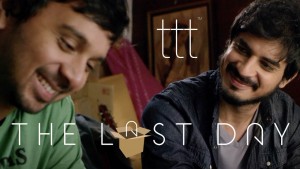
By basing each of your seasons on a theme (Valentines, Mothers, Independence Day) unlike other short-content platforms, does this help focus the traction? Even TTT’s first “single” short, ‘Life After’, is a breast-awareness-month project. Will this remain consistent?
Themes help give the film a context, and topical stuff does give better traction we learnt. Especially since we don’t go the ‘viral/funny/sketchy’ approach, it helps to create stuff around a day people are already looking forward to consuming and sharing content.
After doing the last thematic edition in August ’15, we gave Talkies a break until August ’16 when brands opened up to the idea of backing good stories on the social web without shoving their product in the film. So One Faith and Life After gave a new lease of life to Talkies, and we plan to pitch this approach to the brands who want to come on board knowing it’s not an ad film, but a larger message powered by them. Of course, brand backed content is just one of the approaches we’re contemplating. We’re figuring out a sustainable model to continue creating quality propriety content alongside, and also experiment once a while.

Like in-house writers, do you plan to have in-house filmmakers and core groups — and perhaps head in the production-house direction? For things like web series, and maybe eventually feature-length talkies, is there a plan to somehow retain your USP that makes you stand out in the digital content market? Where do you say “stop — we’re going to be the best at this instead of scaling big”?
Bingo. We want to be the best at this, instead of worrying too much about distribution or views. If we write great stories and get the right people to execute them, we’re confident there will be takers. And now there are umpteen of them, all your VOD platforms who are buying quality content across the board. So we’d look at it more like a studio (that curates, co-produces and creates) than a production house (that executes based on client requirements). Terminology is essential here also because there are so many production houses around now, it’s nausea-inducing. Anyone with a line producer and some contacts is floating a production house. So, we’d rather be a humble but purposeful Pixar or Phantom for the social web, than a Yet-Another-Something-Something-Wala-Films from Lokhandwala.
What we’ve done so far is a neat showreel, but the best is yet to come, we truly believe. The coming year, we’ll go with a slightly more planned approach, with greater emphasis on the quality of the story and the fleshed out screenplay. We may do fewer projects, but more challenging and fulfilling ones for sure, with a small but experienced team in place for Talkies.
The moment there’s more money in a project, we’ll first go to the directors who’ve pulled favours and worked with us in the past. They deserve a bigger budget.
But otherwise, we’d like to work with all kinds of filmmakers, preferably the one’s who’re free from the trappings of pesky producers and demanding clients. If known actors can shed their ‘Bollywood baggage’ for a good story, like they have for all our films, why can’t known directors do it! First-timers are a great idea too, once in a while. It will be great to discover talent that tampers with and alters the grammar of film. If films are a language in themselves, there’s still scope for so many of them to emerge and confuse us in a good way. Exciting times, these.

How does one go about attracting investors in a niche digital space? How important is this (sometimes deceptive) number-crunching here?
Since I’m assuming this question is about raising a round in the startup space, Anuj is best equipped to answer this, but I’m going to try anyway.
So far, as I mentioned, we’ve bootstrapped all the way, and put in our own money wherever required. Though it is liberating, it may not be scalable or wise in the long run. Nobody wants to back an experiment. Best laid plans with user-acquisition at the forefront, along with a glimmer of revenue stream, is what the need of the hour is.
Without numbers, we’re probably the only people who will back an edgy story on paper. So maybe we need someone who can take a chance or two with us and back the larger vision, so long as the larger numbers and streams are covered.
Other than that, it’s interesting to see and learn from what bigger players are up to.
At a time when nobody knows what’s going to happen tomorrow, it’s best to keep doing what you know best.

We noticed you co-wrote Life After — is this simply an extension of your creative background? Or is it the temptation, especially after getting into production and film content, to create something of your own eventually?
At Terribly Tiny Ventures Private Limited, everybody writes. Our CTO, Business Leads, Community Manager, Curators and even interns in other departments, they all have content published on TTT. And not because they’re part of the team so they must. It’s because those stories were damn good, and we’d like to believe we create an environment conducive for storytelling by making it more accessible and celebrating all kinds of stories.
Having said that, we call ourselves ‘enablers’ first. The invisible backend that gets the work done. The elves to the Santa that hustle quietly and tirelessly to make the magic happen. Creating comes naturally to almost all of us, but it comes later in the scheme of things, because there’s a bigger thing we’re trying to solve here.
Personally, I’ve written (and co-written) around 5 of the 15 films we’ve released, and not just Life After. I’m sure the creative background has everything to do with it. But again, apart from the Marathi short film Arre Baba (starring Girish Kulkarni) and Cuddly to an extent, I’m not particularly proud of any I’ve been creatively involved in. Going ahead, I’d like to overlook every project we do, along with the team. And if the ones handling it are clear and adept, then my involvement becomes minimal or negligible. Which is great because we can look at scaling or doing multiple projects. So unless required, or if the subject is close to my heart, I’d prefer being enabler of any sort within our structure, than writer or director. I see myself making a lot of phone calls, sitting in a tonne of client or investor meetings, and idea pitches back in office, and then on the edit table, watching the sun rise from a window in the post production studio office, like it has happened so many times.
And long after we’ve enabled all kinds of stories, and great ones, I can take a holiday and be okay with failing harder as creator alone, within or without the system. I’m pretty sure Anuj feels the same way too.
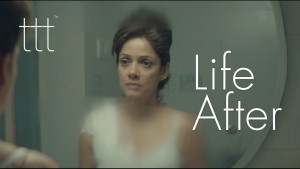
What do you think of the current Indian short-film web scene?
It can be much, much better in the quality of telling, and overall sustenance. Something in the ecosystem needs to shift a bit. There are creators who think short films shouldn’t make money, but they can’t answer where the money will keep coming from. So aiming for the best case scenario (like web series), let’s hope there’s enough money to go around and come back into the format, so we can keep taking risks. If short films were net practice earlier, and they’re Ranji Trophy now, I’m really hoping for a T20-like turnaround — with a sizeable audience, its own stars and money getting pumped in periodically.
With mobile phones relaxing the entry barrier a bit, and players like AIB and TVF paving the way for story-first-camera-later kind of an approach, explosion on YouTube is inevitable. Maybe quality curation will have a role to play then, and we’ll hopefully have made some headway there as well.
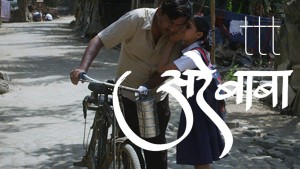
Is everyone involved in your team a film fanatic? How important is the background?
There’s no team for Talkies currently in office! So it’s tough to answer this question with the Tales team. But the truth is, while they’d watch our short film and appreciate it, they’d go bonkers over a song from Befikre and share it without thought. So they’re all Bollywood fanatics for sure. After three beers, nobody wants to watch a short film. With the Talkies team in place soon, and the kind of content that comes out next year, maybe that can change a bit. Fingers crossed!


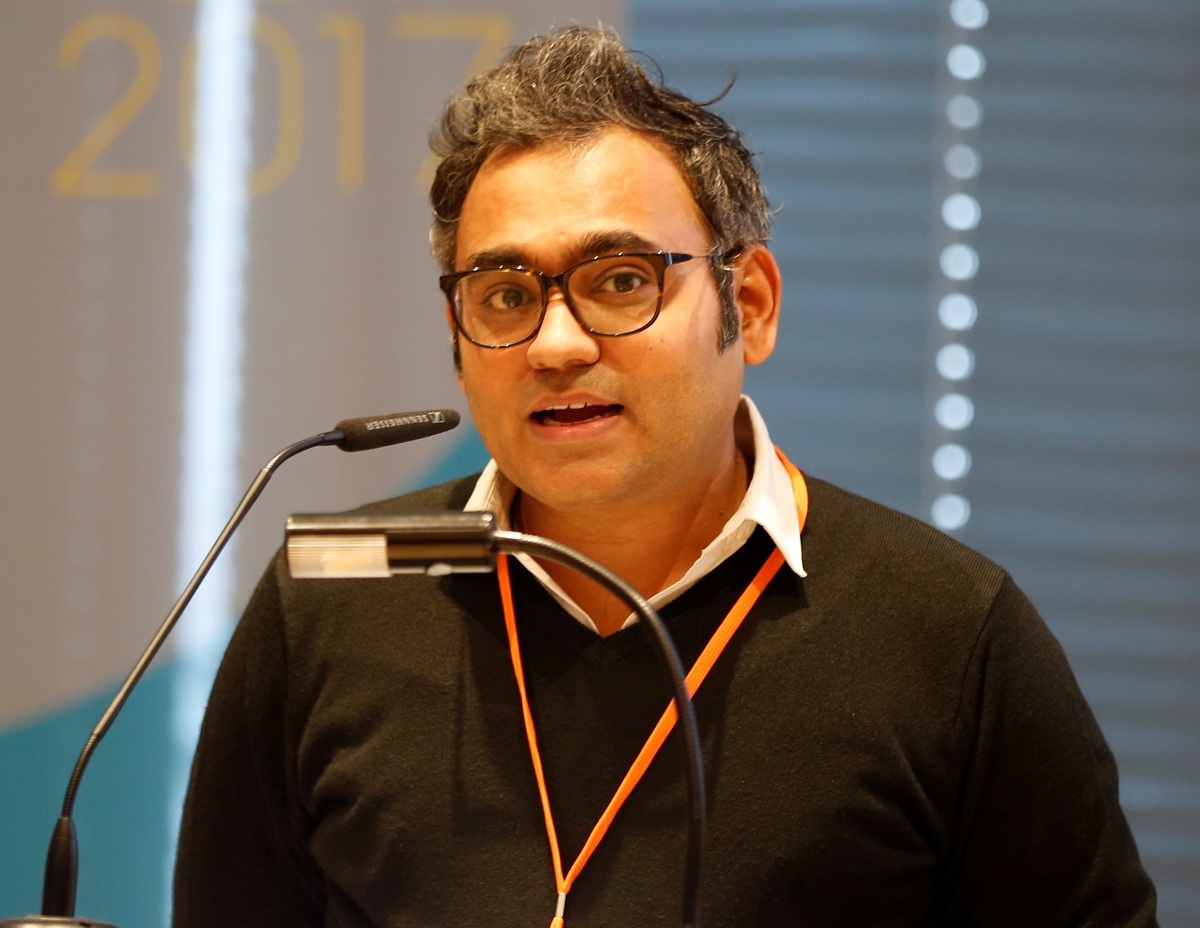
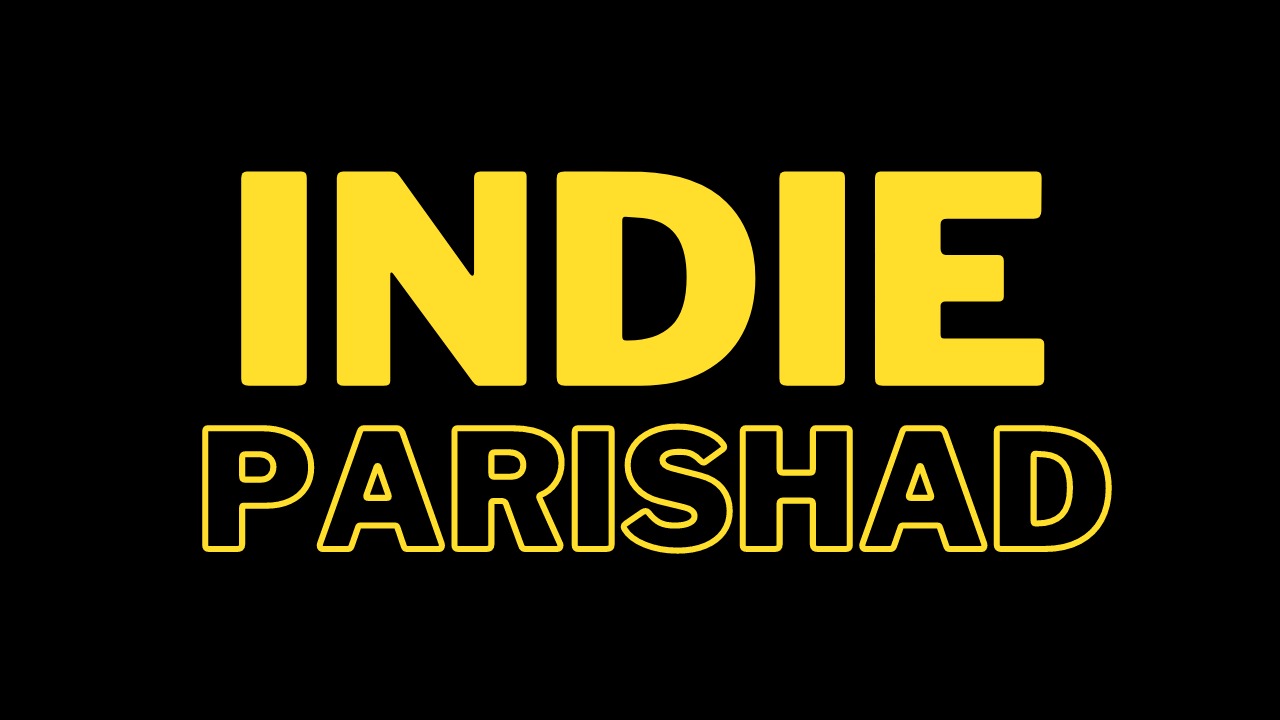
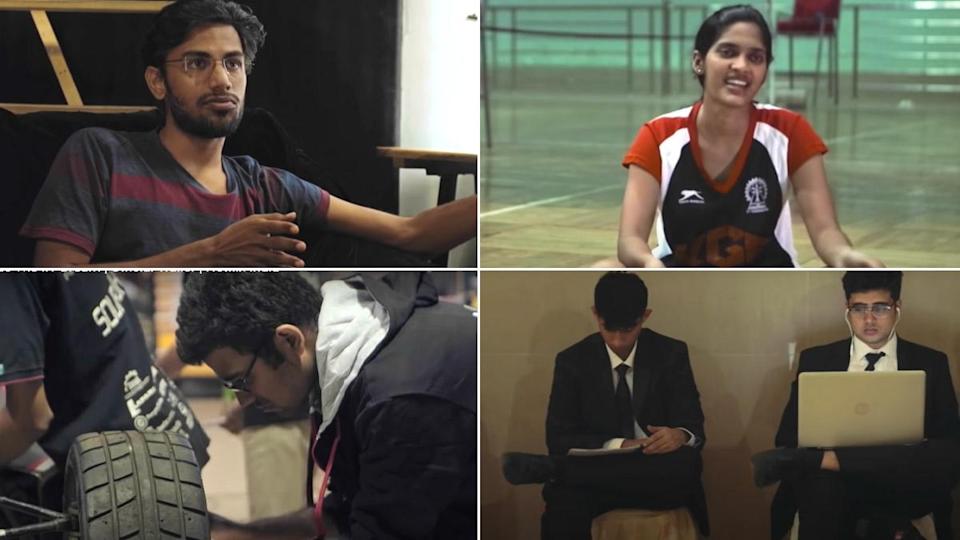




Leave A Comment
You must be logged in to post a comment.